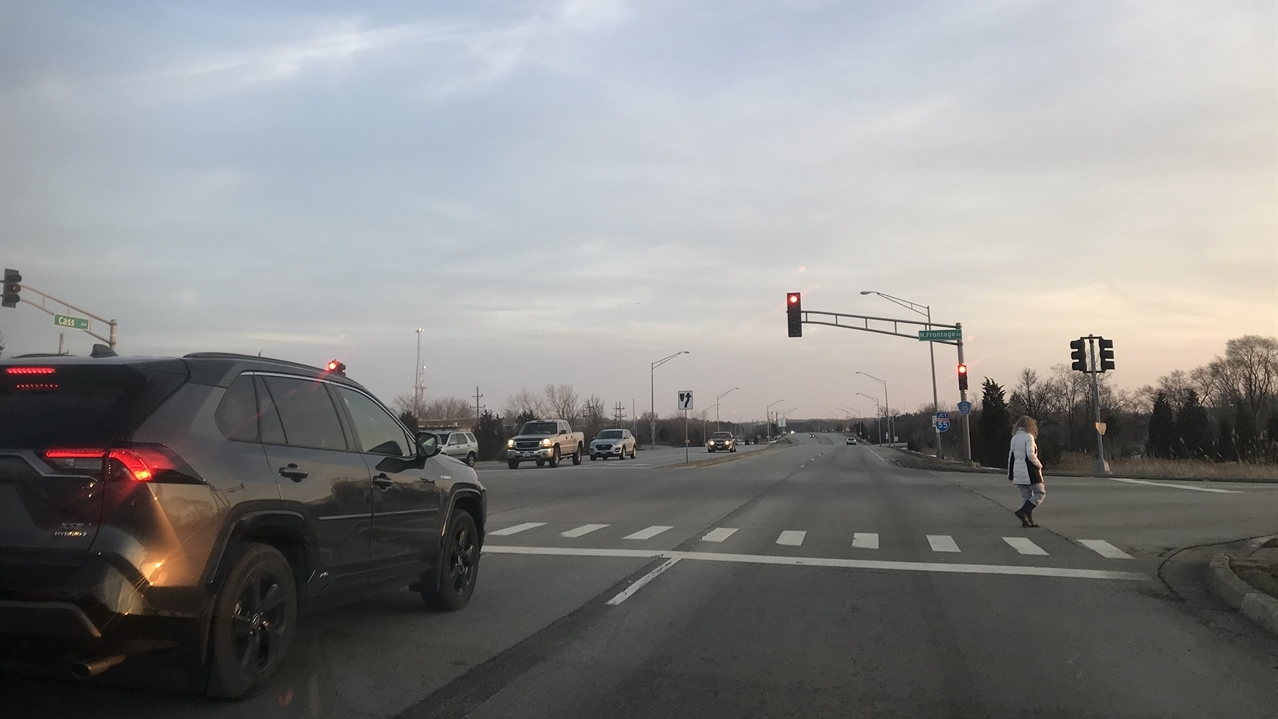Our Plans Reflect Our Values and Our Goals
Let’s make sure our Regionally Significant transportation projects reflect the transportation future we want to live in.

Yes, it’s now construction season on Chicago’s roadways, but many years before a shovel went into the ground, a bunch of people were deciding which major transportation projects were going to be funded and built. You may be wondering: How do those decisions get made? Here are some details about the process, which is at a critical milestone this year. Huge amounts of taxpayer dollars are in play, and it’s important to get these decisions right.
One of the milestones in any major U.S. region is the development of its Metropolitan Transportation Plan, which defines the major transportation projects planned for the next 30 years based on what we can afford with anticipated state and federal funding. These plans must be updated every four years. In our region, this process is led by the Chicago Metropolitan Agency for Planning (CMAP), our region’s federally designated Metropolitan Planning Organization. Right now, CMAP is working on an update of the ONTO 2050 plan completed in 2018. While these plans often address a range of urban planning policies beyond but related to transportation, the main attraction is the list of Regionally Significant Projects (RSPs)– large transportation projects with costs exceeding $100 million dollars that our region wants to build. That list is now being updated.
There is a lot to consider when making such massive decisions: How should we spend our transportation dollars to deliver the greatest benefits to the most people living in the region? How should we prioritize projects that deliver the most benefits to those with the greatest needs in order to boost regional equity? How do we measure benefits? How do we manage trade-offs (such as how widening a road for cars makes the travel experience worse and more dangerous for bicyclists and pedestrians)? Essentially, the Regionally Significant Projects list signals our region’s values—and if a project isn’t on the list, it can’t receive the public funding needed to be built.
The way transportation planning is supposed to work is that our region sets goals and then we prioritize and fund projects to achieve those goals. The ONTO 2050 principles are:
- Inclusive Growth – growing our economy through opportunity for all;
- Resilience – preparing for rapid changes, both known and unknown, including climate change; and
- Prioritized investment – carefully targeting resources to maximize benefit.
MPC and other advocates got a glimpse of the Regionally Significant Project list when it was previewed at the CMAP Transportation Committee meeting in late April. We were surprised to see a long list of arterial widening projects, as well as a number of interstate highway widening projects. Most surprising were the calculations of project benefits showing that interstate highway widenings would reduce greenhouse gas emissions (there were no GHG calculations for the arterials, but there should be). However, we know widening highways does not help our climate. The State Highway Induced Frequency of Travel (SHIFT) calculator measures the induced demand (e.g., more drivers using our roads at any given time) anticipated from roadway capacity increases, along with associated carbon dioxide emissions. If all the new lane miles of roadways in this plan were constructed, we calculate that 7.7 million additional tons of CO2 would be emitted by 2050
Along with climate impact, several other dimensions of potential Regionally Significant Projects deserve consideration prior to these projects going out for public comment over the summer:
- We need to ensure that our process for defining RSPs allows analysis of multimodal strategies along corridors and that we view roadway capacity investments for single occupancy vehicles as a last resort, (as directed in the Federal Highway Administration’s recent guidance about how Bipartisan Infrastructure Funds should be spent). Increasing multimodal options is an equity issue given that low-income households and people with disabilities may not be able to afford a car or have the ability to drive.
- Packages of large-scale bicycle, pedestrian and ADA accessibility investments should be able to qualify as projects of regional significance. Given the epidemic of traffic crashes involving vulnerable road users and given the climate crisis, directing more resources toward safe bicycle and pedestrian infrastructure is a key safety solution. These challenges need urgent focus and should be evident in our regional plan. Most individual bicycle and pedestrian projects don’t come close to the high cost threshold for RSPs, but a package of them could.
- Given the goal to increase regional transit ridership, we need to see a greater share of investments dedicated to transit.
Listen to the audio feed of my comments delivered at the April 29 Transportation Committee meeting (starting at 54:30) for more detail.
If ever there was a time for new perspectives, fresh ideas, and a new approach to improving our transportation system, it’s now: when we are in the crosshairs of intersecting climate and equity crises. The list of Regionally Significant Projects signals the type of region we are building for the next generation. And with billions of public dollars at stake, what transportation future do you want for the Chicago region? The Metropolitan Planning Council and other advocates will continue to be engaged in monitoring how RSP project benefits are calculated and whether projects advancing are shovel-worthy.
